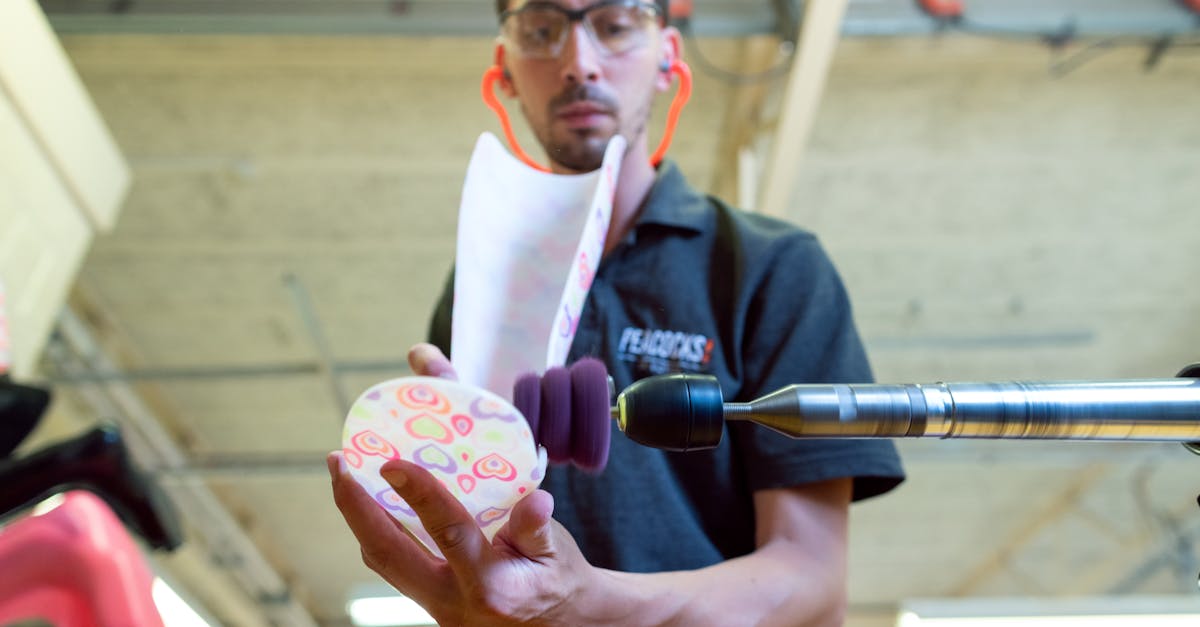
Orthotic Devices
Table Of Contents
Orthotic Devices
In the realm of sports medicine, the importance of proper foot care cannot be overstated. Athletes and active individuals often face challenges such as pain, discomfort, and injury that can significantly hinder performance. This is where Boulder sports orthotic solutions come into play, offering tailored support that addresses the unique needs of every athlete. By integrating advanced technology and expert assessment, these orthotic devices can enhance stability, alleviate pain, and ultimately improve overall function.
As more people seek to optimize their physical performance and recovery, the demand for effective foot orthotics continues to rise. Athletes are turning to boulder sports orthotic solutions not only for pain management but also for injury prevention. Custom orthotics provide a personalized approach to foot care, focusing on the specific biomechanics of the individual, which leads to better outcomes in both performance and health.
Typical Challenges Treated with Orthotics
Orthotic devices are often employed to address frequent issues that affect individuals' mobility and comfort. Pes planus is one such condition that can lead to pain and discomfort during daily activities. Orthotic inserts help to provide the necessary arch support, alleviating pressure on the feet and improving overall alignment. Another prevalent issue is inflammation of the plantar fascia, which can hinder walking and standing. Using orthotic solutions can help distribute weight evenly across the foot, reducing strain and promoting healing.
Additionally, issues like foot instability can be effectively managed with orthotics. This condition often leads to hip discomfort due to improper alignment. Custom orthotic devices can provide stability and support, minimizing the risk of injury. Diabetic foot ulcers are another serious concern that can be addressed with orthotic interventions. These devices can help redistribute pressure and protect sensitive areas, reducing the likelihood of complications while enhancing mobility.
Examining Disorders That Benefit by Orthotics
Orthotic devices play a crucial role in assisting individuals with various conditions. Those suffering from leg issues, such as plantar fasciitis, often find relief through custom orthotics. These devices are designed to offer adequate alignment and support, making daily activities more manageable. Additionally, individuals with musculoskeletal disorders, like multiple sclerosis, can benefit from orthotics that improve mobility and enhance overall quality of life.
Injuries and chronic pain conditions, such as tendinitis, can also be effectively managed with orthotic interventions. By redistributing pressure and reducing strain on affected areas, these devices help alleviate discomfort and promote healing. Athletes often use orthotics to address biomechanical issues, ensuring they maintain peak performance while minimizing the risk of injury. Understanding the conditions that benefit from orthotic devices can lead to more effective treatment plans and improved outcomes for those in need.
Understanding the Value of Custom Orthotics
Custom orthotics serve a crucial role in supporting foot and ankle health. Such supports are engineered to address specific anatomical issues that individuals may experience. With providing the right level of support and alignment, custom orthotics can help in reducing pain and discomfort during daily activities. This intervention is especially helpful for those suffering from conditions like plantar fasciitis, flat feet, or other gait-related problems.
Furthermore, the use of custom orthotics can boost overall performance and posture. These orthotic devices are merely designed to fit the unique contours of an individual's foot but also to deliver the necessary support for proper gait mechanics. As individuals wear these orthotics, they may experience greater comfort, allowing for a more active lifestyle. Ultimately, the importance of custom orthotics cannot be overstated, as they play a significant role in sustaining foot health and overall well-being.
Why Tailored Orthotics Are Crucial
Tailored orthotics function an important part in improving movement as well as alleviating discomfort in patients experiencing multiple ankle problems. Such orthotics can be precisely engineered for fit the individual biomechanics ensuring the best support during daily activities.
Furthermore, personalized devices can assist in addressing poor walking mechanics which might lead in further injuries in the long run. They do not only offer relief but enhance complete quality of life via encouraging correct posture as well as lessening pressure on other areas.
How to Care Your Orthopedic Devices
Correct care towards your orthotic devices is essential in order to maintain their longevity and functionality. Regularly washing is required to prevent the buildup of dirt and bacteria. Use a gentle soap and water solution to cleaning the surfaces, and allow them to fully dry afterward. Steer clear of using harsh chemicals or excessive moisture, as these can harm the materials. Check your devices periodically for signs of wear and tear, addressing any issues promptly to prevent further complications.
Storing your orthotic devices properly may also extend their lifespan. As not in use, put them in a cool, dry area away from direct sunlight. Employing a protective case or pouch may help shield them from potential damage. Additionally, it is important to adhere to any specific care instructions provided by your healthcare professional or the manufacturer. Regular follow-ups with your healthcare provider can help ensure that your devices remain effective and fit for your needs.
Essential Guidelines for Maintaining Orthotics in Good Shape
Proper attention of orthotics is crucial for maintaining their functionality and longevity. Frequently cleaning your orthotics can help avoid germs and foul odors from building up. Always follow the manufacturer's guidelines for cleaning. Employing a soft cloth or brush is suggested to carefully clean the surfaces without causing damage. Steer clear of harsh chemicals or soaking them in water, as this might compromise their integrity.
A further important aspect of caring for orthotics is proper storage when not in use. Storing them in a dry, cool area assists in preserving their shape and function. Keeping them away from direct sunlight or extreme temperatures is crucial to prevent any material degradation. In addition, rotating between pairs, if possible, might prolong their durability. Frequently inspecting your orthotics for any signs of wear and tear may ensure they remain in good shape.